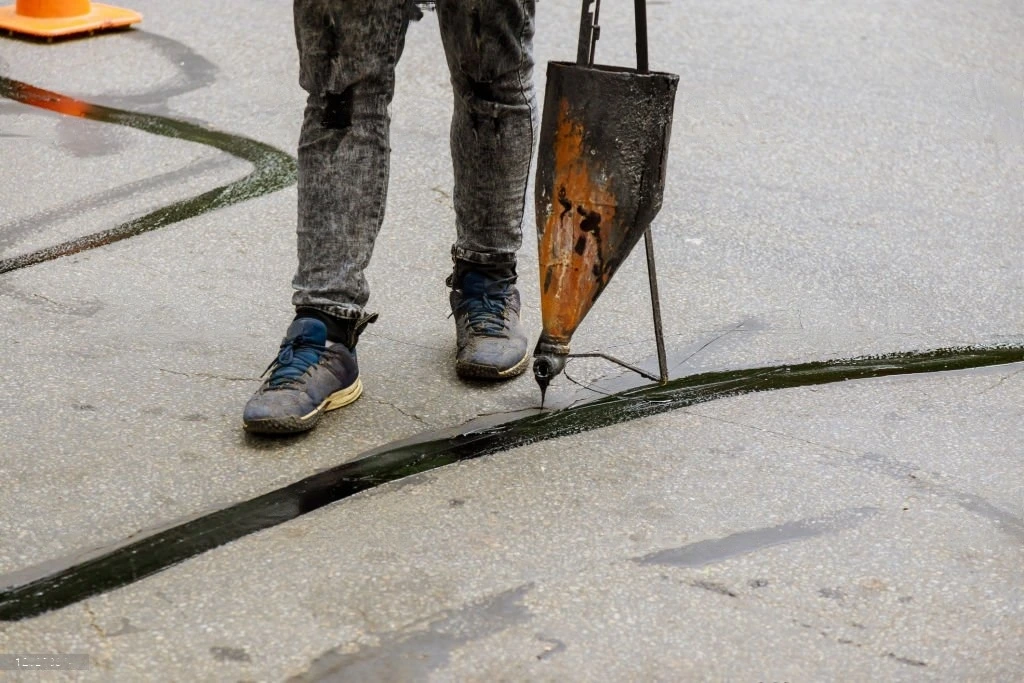Stamped concrete is a popular option for homeowners who want to achieve the look of expensive materials like brick or stone, without breaking the bank. Concrete stamping is a cost-effective way to create a unique and eye-catching outdoor living space. However, one of the questions that often arise is how often should stamped concrete services be sealed.
Sealing your stamped concrete is an essential step in maintaining its appearance and durability. A sealer helps protect the surface from stains, weather, and general wear and tear. It also enhances the color and texture of the concrete, giving it a glossy or matte finish, depending on the type of sealer used.
But how often should you reseal your stamped concrete? The answer depends on a few factors, such as the climate, the amount of foot traffic, and the type of sealer used.
So, whether you’re a homeowner looking to maintain your beautiful stamped concrete patio, or a contractor looking to educate your clients, keep reading to learn more about the best practices for sealing stamped concrete.
How Many Inches Of Concrete For A Sidewalk?
When it comes to building a new sidewalk, the question of how many inches of concrete are needed can be a critical one. While it may seem like a straightforward question, there are several factors to consider, such as the weight and frequency of foot traffic, soil conditions, and climate. Getting the right amount of concrete is essential to ensure the durability and longevity of your sidewalk.
Aside from the practical aspects, many homeowners also want to ensure their sidewalk is aesthetically pleasing. Stamped concrete allows for a wide variety of design options, from replicating the look of natural stone or brick to creating intricate patterns and textures.
However, before you can start thinking about stamped concrete, you need to know how much concrete is required to create a solid base for your sidewalk. In this article, we’ll take a closer look at the factors that determine the necessary depth of concrete for your sidewalk, as well as the process of concrete stamping and how it can enhance the look of your sidewalk. So, whether you’re a DIY enthusiast or planning to hire a professional, read on to learn everything you need to know about concrete thickness for your sidewalk.
How Many Concrete Stamps Do I Need?
Stamped concrete is a popular choice for homeowners and business owners who want to enhance the appearance of their property. This decorative technique involves pressing or stamping a pattern onto freshly poured concrete to create a textured and aesthetically pleasing surface. However, one of the most common questions asked by those considering stamped concrete is “how many concrete stamps do I need?” This is a crucial question to consider because it can affect the overall look and cost of your stamped concrete project.
The answer to this question depends on several factors, including the size of your project, the type of stamping pattern you want, and the number of stamping mats needed to complete the job. It’s essential to determine the exact number of stamps required to achieve the desired result to ensure that you don’t fall short or overspend on materials.
The importance of proper planning, and how to estimate the number of stamps required for your specific project. By the end of this article, you will have a better understanding of how to plan and execute your stamped concrete project efficiently and effectively. So let’s dive into the world of stamped concrete and concrete stamping!
How Much Does A Stamped Concrete Sidewalk Cost?
If you’re planning to enhance the curb appeal of your property, a stamped concrete sidewalk can be a beautiful addition. Not only does it offer a durable and long-lasting surface, but it can also mimic the look of natural materials like stone, brick, or wood at a fraction of the cost.
However, before jumping into your stamped concrete project, it’s essential to know how much it will cost. The price of a stamped concrete sidewalk can vary depending on several factors, such as the size of the area, the complexity of the design, and the region’s labor costs. While stamped concrete may be more expensive than traditional concrete, it’s a cost-effective option when compared to natural materials like stone or brick.





